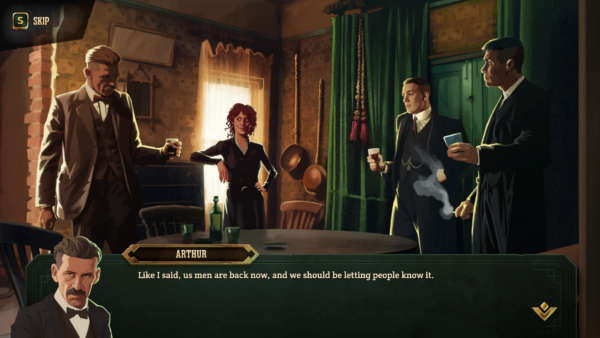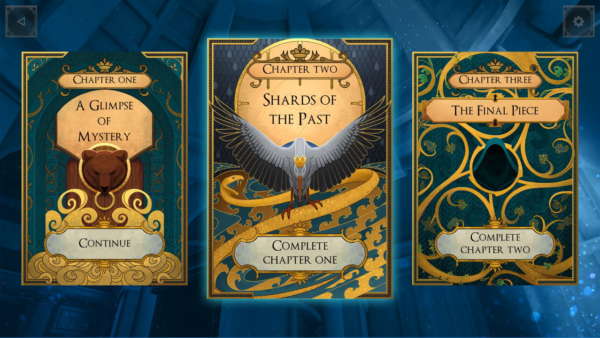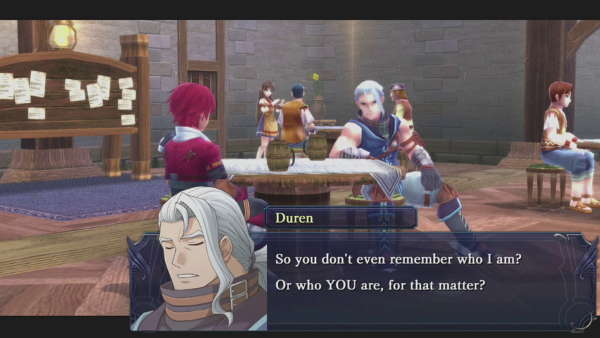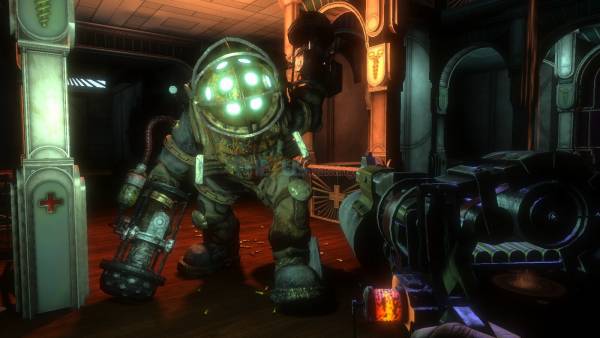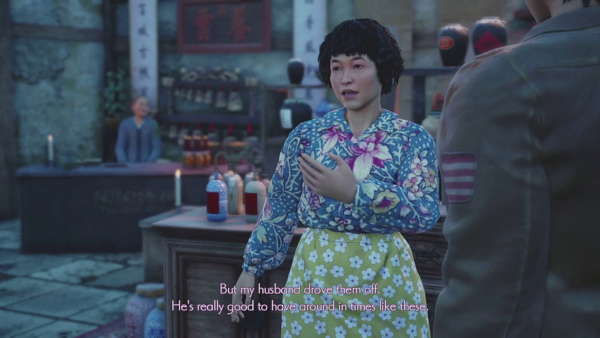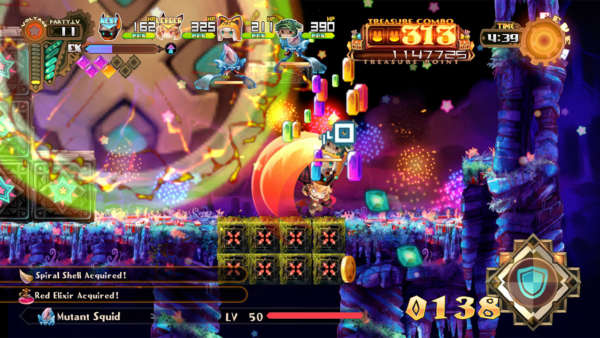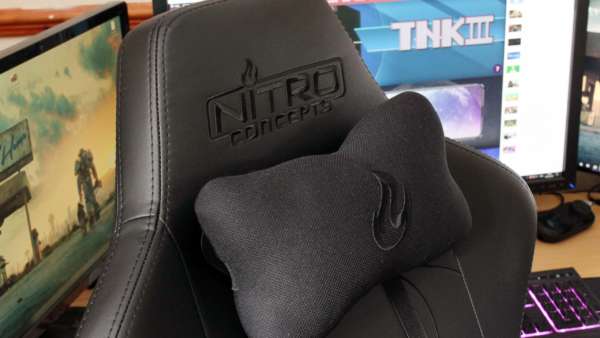Reviewing a guide is a strange experience, sitting somewhere between a hardware and a software review. On the one hand it serves a distinct purpose like a piece of hardware and can be judged on how well it serves that purpose, but on the other hand it’s also extremely subjective as to how ‘good’ it is as a guide overall. It all just makes my head hurt so I went about things the rational way and played the game using the guide to see how useful it was. I came back with a resounding “it was alright”.
The problem straight out of the gate is that pretty much everything you can find in a guide is also available on the internet…for free. There are a plethora of websites offering both written and video guides for pretty much every game in existence. The days of the game guide started to look severely numbered around the time a broadband connection became a staple in most households. These days game guides have to sell themselves as something more to stay relevant, pushing themselves as more a collector’s item first and a functional guide second. So does BradyGames’ Bioshock Infinite Guide soar in the clouds or sink to the oceans floor?
As guides go, this one is pretty damn extensive. Inside these pages you’ll find everything you’ll need to not only beat Bioshock Infinite, but also uncover every secret and unlock every achievement along the way. An overview of the game’s mechanics, as well as available weapons, plasmids and their respective upgrades, are detailed within the guide’s early pages. This is preceded by a brief foreword from the game’s creator Ken Levine in which he tells you how much he loves guides and how much you need this one. Nice try Ken, but I’m still not convinced. You see all this stuff is great Ken, but remember that pesky internet thingy? It’s still a thing and it’s still giving me all this stuff for free. Why should I pay for the privilege?
On the unique selling point front, the BradyGames guide is fairly thin on the ground. There are plenty of nice pictures throughout the expansive 270 page document, but the vast majority of these are just screen shots from within the game. Useful? Yes. Unique? No. There are some concept art style images of all the weapons and enemies in the respective areas which give some unique flavour to the guide.
The meat of the guide is the main game walkthrough, which takes you through each chapter of the game, leading you to collectibles, warning you about upcoming enemies and generally holding your hand throughout the game. Whilst this hefty section is well written and very precise in its instructions, it can feel like a bit of a chore to be constantly pausing the game to read another paragraph of text. I found myself relying much more heavily on the level maps which accompanied each section. These maps are supremely useful, detailing the entire layout of the area you’re working through, including weapon and collectible locations. However these maps can also be very difficult to follow at times, a situation caused by the nature of Bioshock Infinite itself. Columbia’s landscape consists of disconnected sections connected via skyrail or huge jumps which mean that what seems like a fluid level design in game comes across on paper as a jumble of seemingly random, disconnected rooms. This problem is compounded by Infinite’s alternative universe plotlines, whereby a collectible will only be in its location on the map once you return to an area in a parallel reality and you have a recipe for extreme confusion if you try to follow the maps alone.
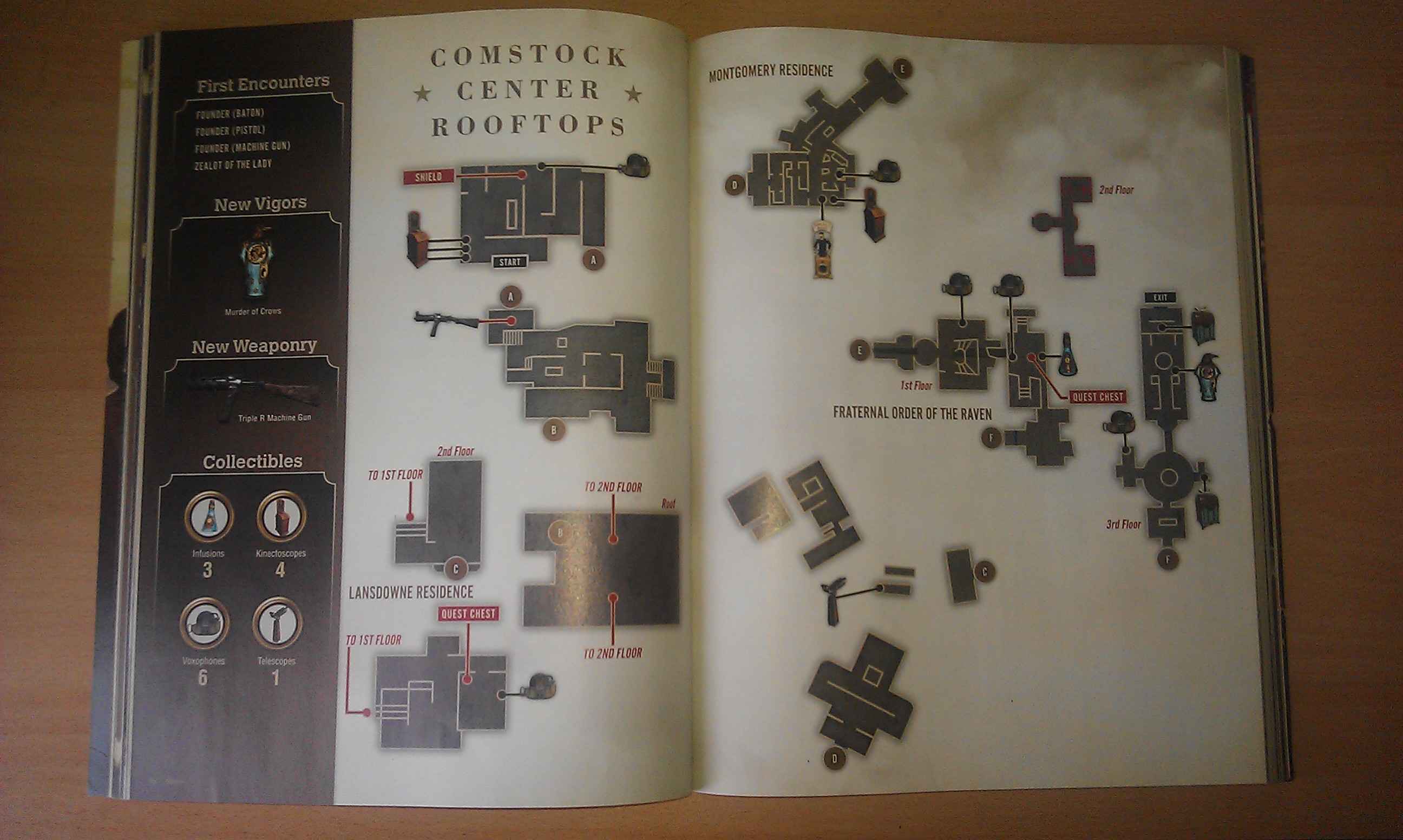 Using a combination of the maps and the walkthrough is obviously the best way to go, but that doesn’t alleviate the stop/start nature of following the guide. But therein lies the problem, there is no real way to avoid this issue, at least not at the moment. An audio guide might be an idea though. You hear me BradyGames? Audio guides, they are the future.
Using a combination of the maps and the walkthrough is obviously the best way to go, but that doesn’t alleviate the stop/start nature of following the guide. But therein lies the problem, there is no real way to avoid this issue, at least not at the moment. An audio guide might be an idea though. You hear me BradyGames? Audio guides, they are the future.The final sections of the guide deal with the enemies you will face and the achievements you can unlock. The enemy sections are nicely done and offer up strategies for facing each enemy type at different stages of the game. The achievement section is also a real plus if, like me, you love that Gamerscore. As well as listing the achievements and their requirements, it offers tips on the best areas to get some of the harder to set up achievements.
With next-generation consoles being able to seamlessly switch between games and the internet, or even overlay the internet into the side of the screen whilst the game plays in the case of the Xbox One, watching guide videos whilst you play may well become the achievement hunter’s weapon of choice. For now though, you could do worse than the BradyGames Bioshock Infinite guide. It offers everything you could possibly need to 100% complete the game, even if it can be a little awkward to follow at times. Of course if you have a laptop or tablet the point is mute, just use an online guide unless you really need that collector’s item feel.
Should you buy?

